
Ingredient
Baby leaf lettuces
The Delicate and Tender Greens: Baby Leaf Lettuces
Baby leaf lettuces are characterized by their small, tender leaves and vibrant green color. They have a mild and slightly sweet flavor, with a delicate texture that is both crisp and tender. These greens are known for their versatility and are often used as a base for salads or as a topping for sandwiches and wraps.
Origins and history
The cultivation of lettuce dates back thousands of years, with evidence of its consumption found in ancient Egyptian and Greek civilizations. Baby leaf lettuces, in particular, gained popularity in the late 20th century as a result of the growing interest in fresh and healthy foods. Today, baby leaf lettuces are cultivated worldwide and are enjoyed in a variety of culinary traditions.
Nutritional information
Baby leaf lettuces are low in calories and rich in essential nutrients. They are excellent sources of vitamins A, C, and K, as well as dietary fiber and various minerals, including potassium and folate. A 1-cup serving of baby leaf lettuces provides approximately 10 calories and contributes to a well-balanced diet.
Allergens
Baby leaf lettuces are generally well-tolerated and do not pose significant allergenic risks. However, individuals with known allergies to lettuce or other greens should exercise caution and consult with a healthcare professional if necessary.
How to select
When selecting baby leaf lettuces, look for vibrant, crisp leaves that are free from wilting or discoloration. Avoid any leaves that appear slimy or have brown spots, as these may indicate poor quality or age. Additionally, opt for organic or locally grown varieties whenever possible to support sustainable farming practices and ensure the freshest produce.
Storage recommendations
To maintain the freshness and quality of baby leaf lettuces, remove any rubber bands or ties and store them in a perforated plastic bag or airtight container in the refrigerator. The perforations allow for proper air circulation, preventing moisture buildup and extending the shelf life of the greens. It is best to use them within a few days of purchase for optimal flavor and texture.
How to produce
Baby leaf lettuces can be easily grown in home gardens or small-scale farms. They thrive in well-drained soil, ample sunlight, and regular watering. Seeds or young plants can be purchased from nurseries or online retailers specializing in vegetable seeds. With proper care and maintenance, lettuce plants can yield a continuous harvest of tender baby leaves throughout the growing season.
Preparation tips
Baby leaf lettuces can be enjoyed raw in salads, where their delicate flavor and tender texture shine. They can also be used as a bed for other ingredients in sandwiches, wraps, and tacos, adding a refreshing crunch. Additionally, baby leaf lettuces can be lightly sautéed or wilted for a quick and nutritious side dish. When using in salads, consider pairing them with complementary ingredients, such as fresh herbs, fruits, nuts, and cheeses, to create a well-balanced and flavorful dish.
Substitutions
Arugula, spinach, or watercress can be used as suitable substitutes for baby leaf lettuces. While they may have slightly different flavors and textures, they offer similar freshness and nutritional benefits and can be used interchangeably in most recipes.
Culinary uses
Baby leaf lettuces are commonly used in salads, where their delicate flavor and tender texture add a refreshing element. They can also be used as a topping for sandwiches, wraps, and burgers, providing a crisp and vibrant contrast. Additionally, baby leaf lettuces can be used as a garnish for various dishes, adding visual appeal and a touch of freshness. Their versatility makes them a popular choice in both home cooking and professional kitchens.
Availability
Baby leaf lettuces are commonly available in regions where they are cultivated, including North America, Europe, and parts of Asia. They can be found in grocery stores, supermarkets, farmers markets, and specialty food stores that offer a wide range of fresh produce.
More ingredients from this category
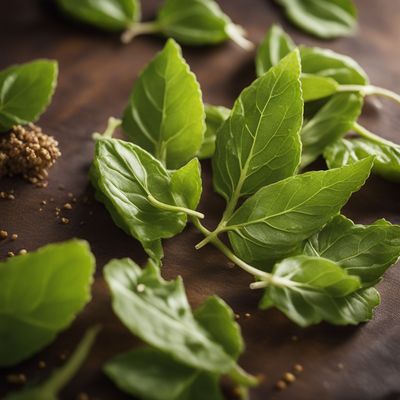
Other species harvested at baby leaf stage
The Delicate Delights of Baby Leaf Harvesting

Baby leaf indian mustard leaves
The Vibrant Delight of Indian Mustard Leaves
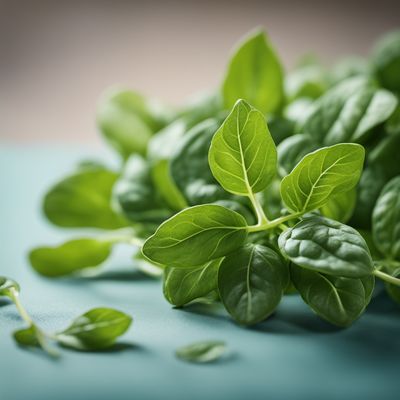
Baby leaf spinaches
The Delicate Green: Exploring the Versatility of Baby Leaf Spinach
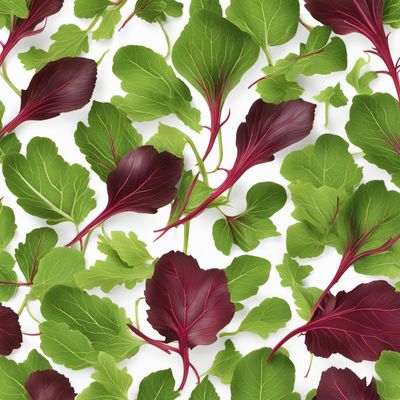
Baby leaf chards
The Tender Green: Baby Leaf Chards
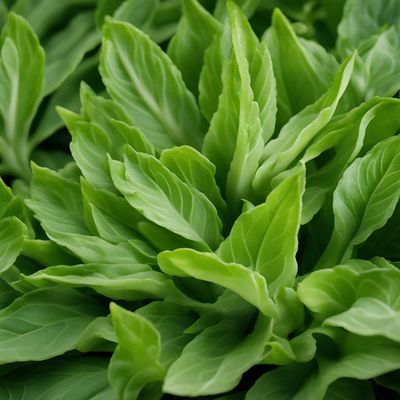
Baby leaf escaroles
The Delicate Bitter Greens
Recipes using Baby leaf lettuces » Browse all

Kimchi Burger
Spicy Korean Twist: Kimchi Burger
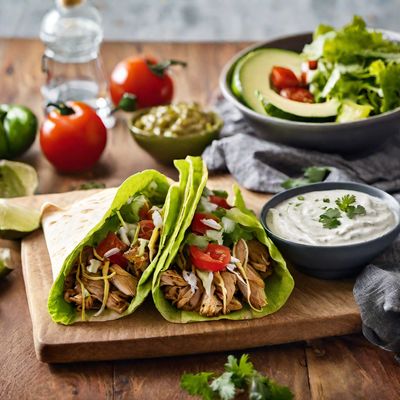
Mexican-style Gyros
Taco-Inspired Gyros: A Fusion of Greek and Mexican Flavors
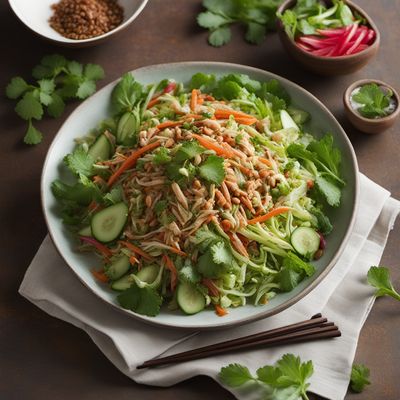
Chinese Islamic Spring Salad
Harmony of Spring: Chinese Islamic Salad

Classic Cobb Salad
The Ultimate Cobb Salad: A Symphony of Flavors and Textures

Jordanian Apple Salad
Tangy Delight: Jordanian Apple Salad with a Twist

Chinese-style Carne Asada Tacos
Oriental Fusion Tacos

Peruvian Seafood Ceviche
Zesty Delight: Peruvian Seafood Ceviche

Classic British Sandwich Loaf
Layers of Delight: The Ultimate British Sandwich Loaf

Savory Korean Lettuce Wraps
Korean Delight: Flavorful Lettuce Wraps with a Twist

Bocadillo de Pollo con Salsa de Mostaza y Miel (Chicken Sandwich with Mustard and Honey Sauce)
Savory Spanish Chicken Sandwich with a Tangy Twist

Colombian-style Venison Burger
Savory Venison Delight: A Colombian Twist on the Classic Burger

Indo-style Gyros
Spiced and Flavorful Indo Gyros: A Fusion Delight